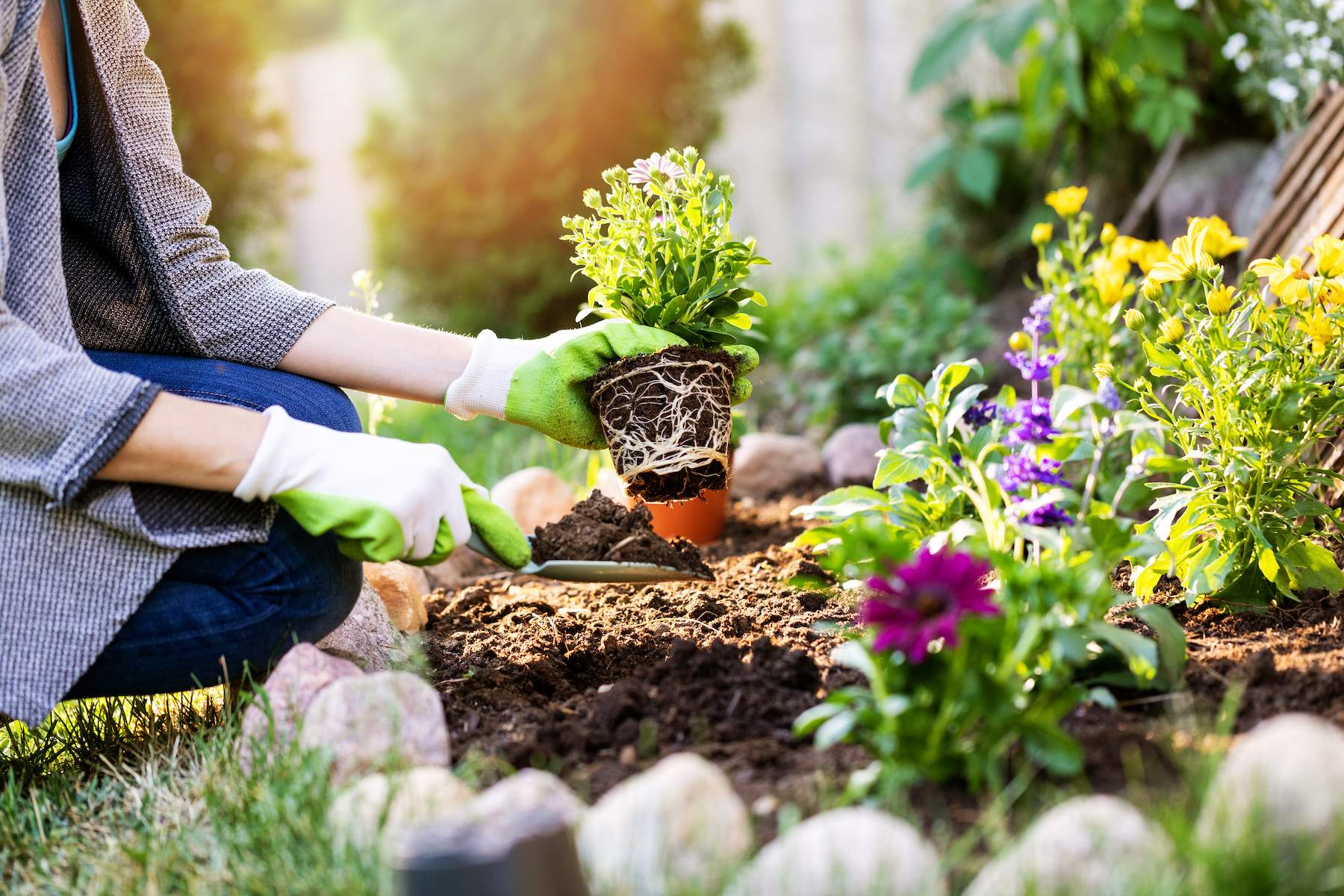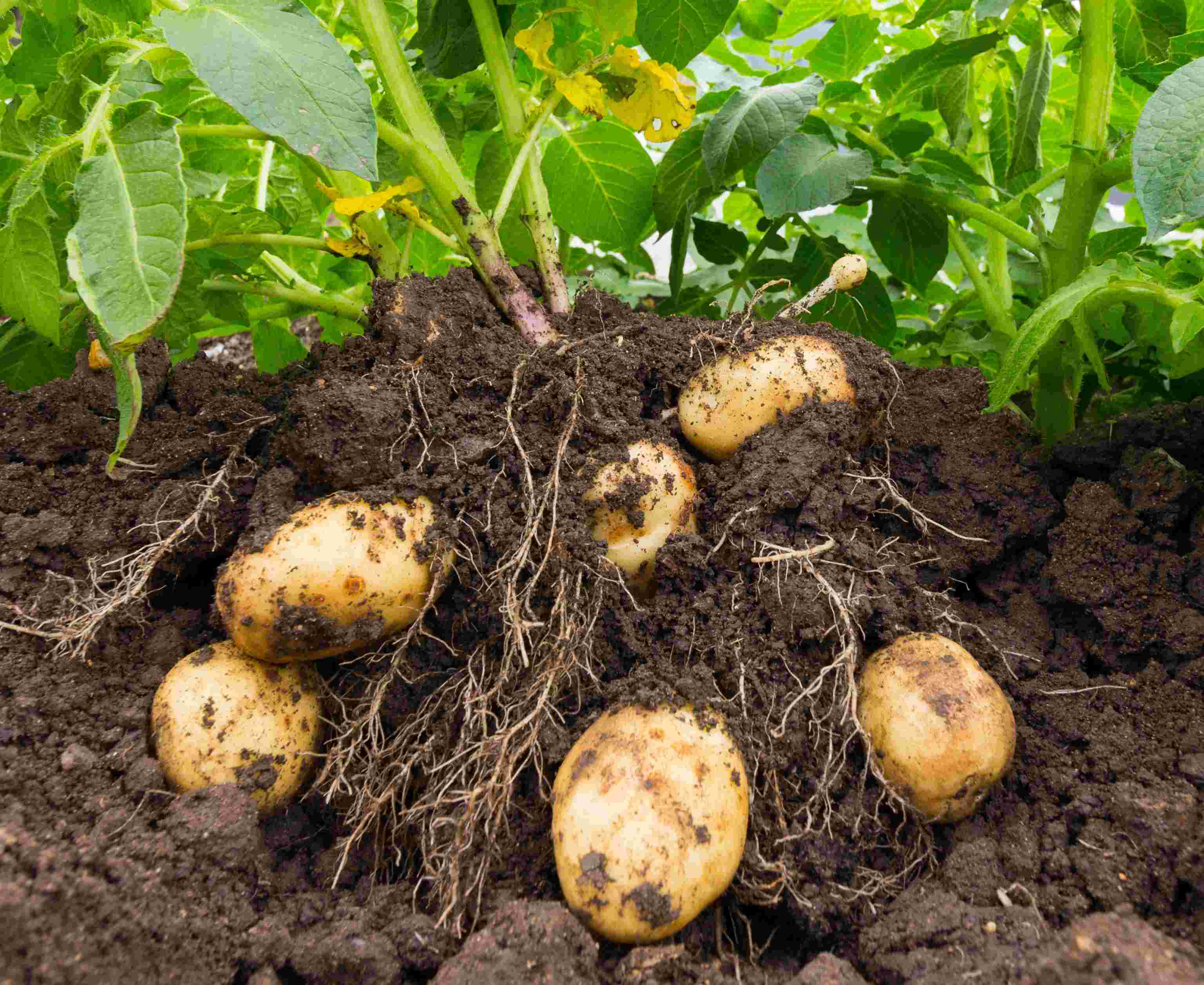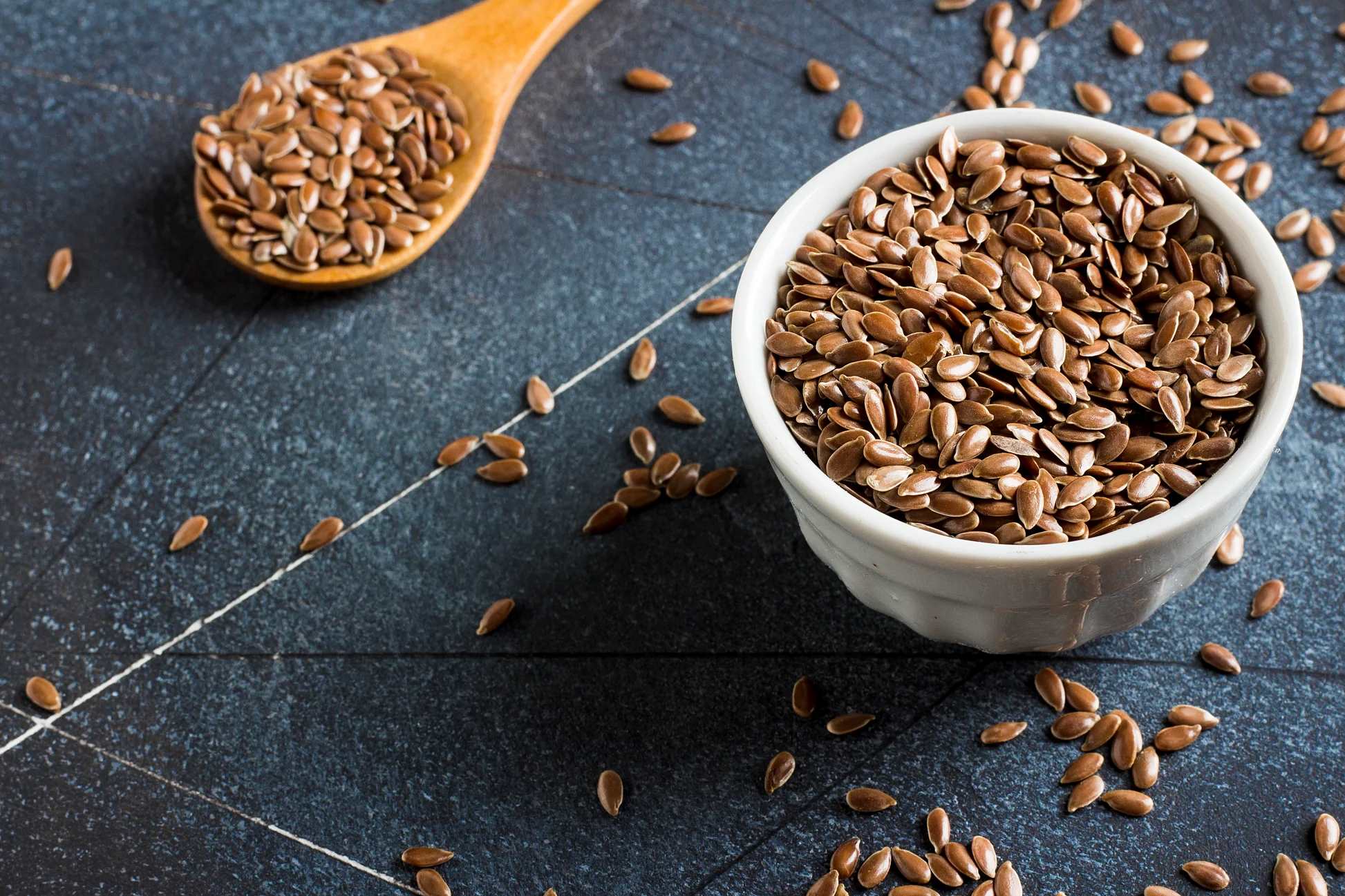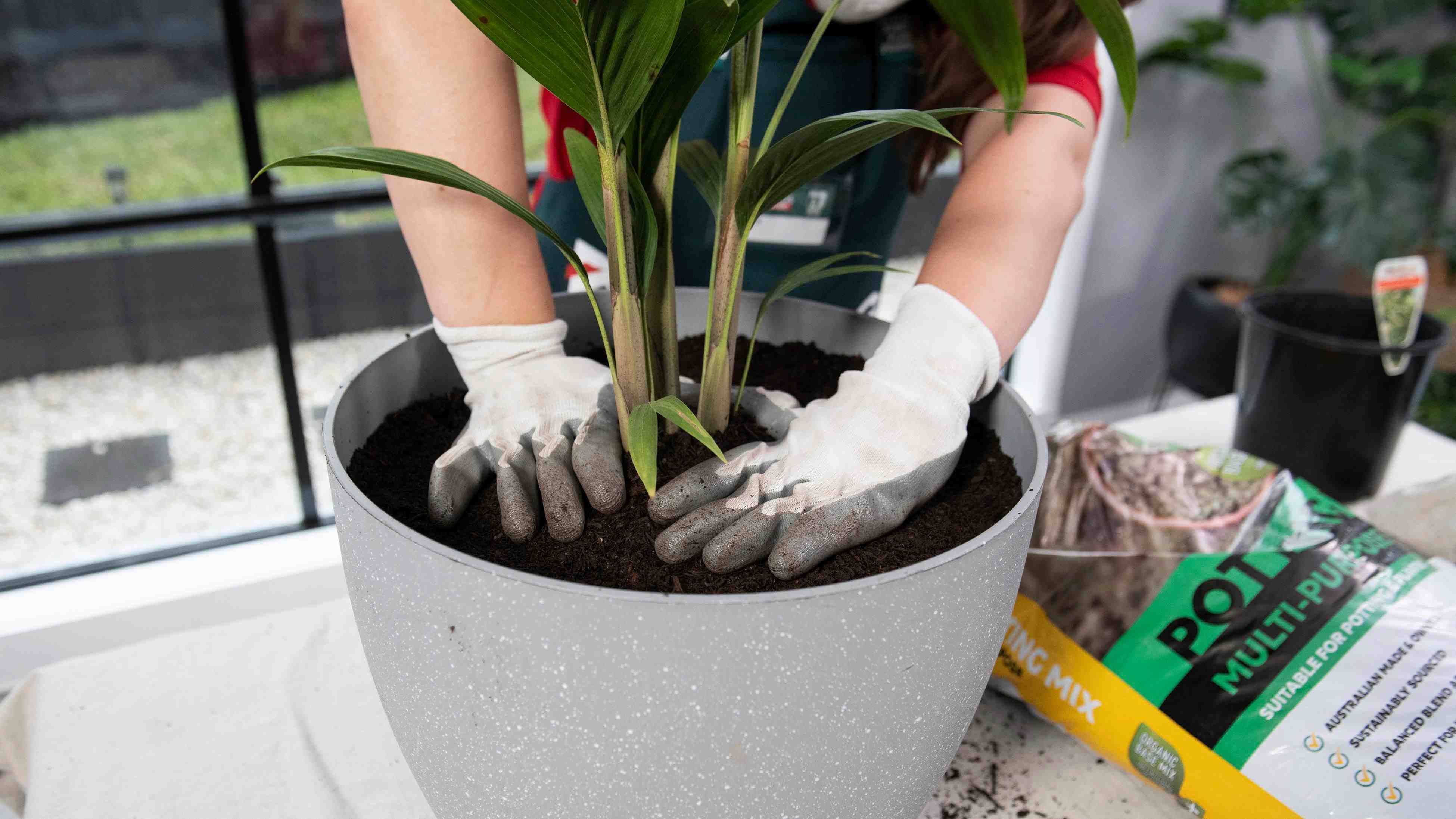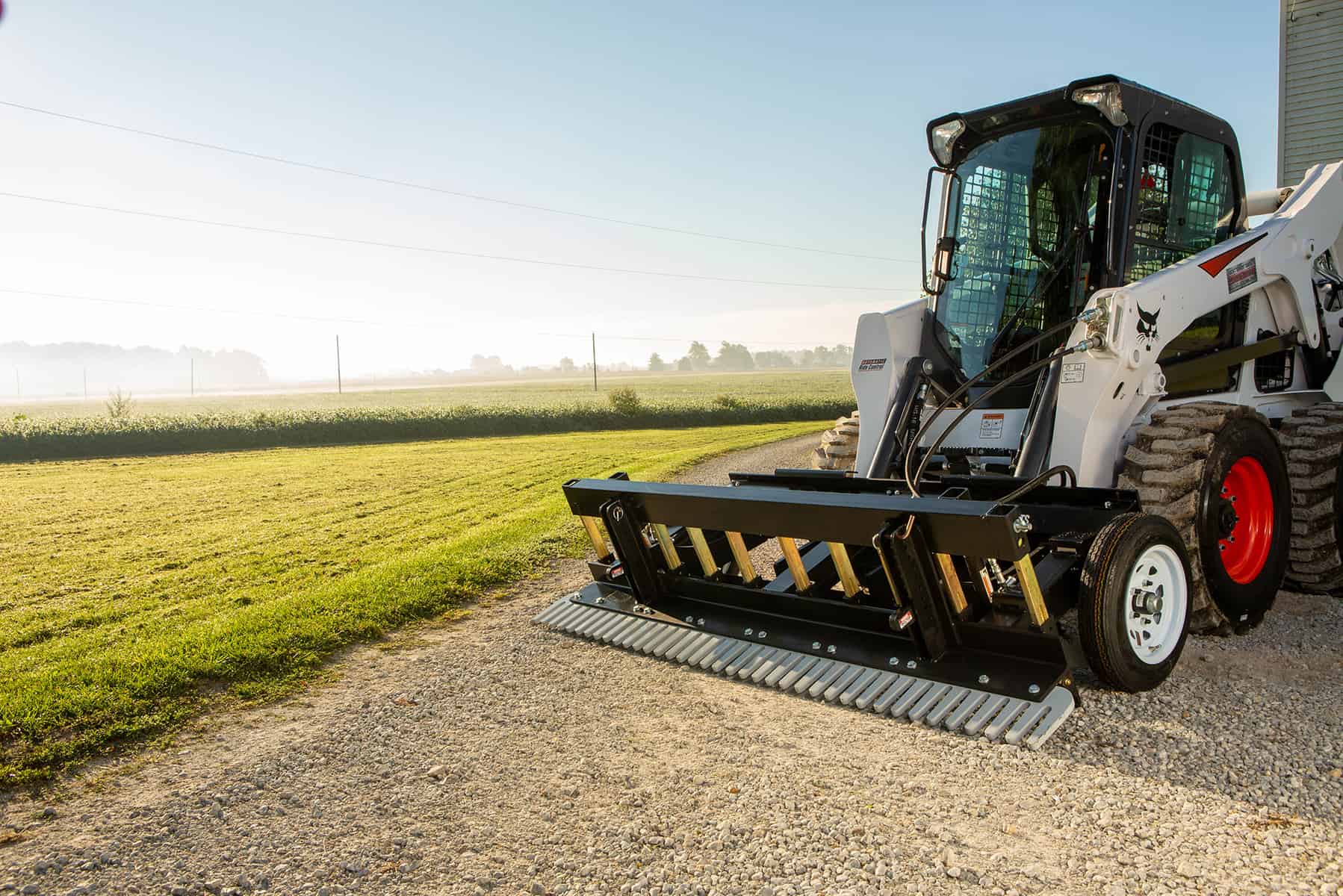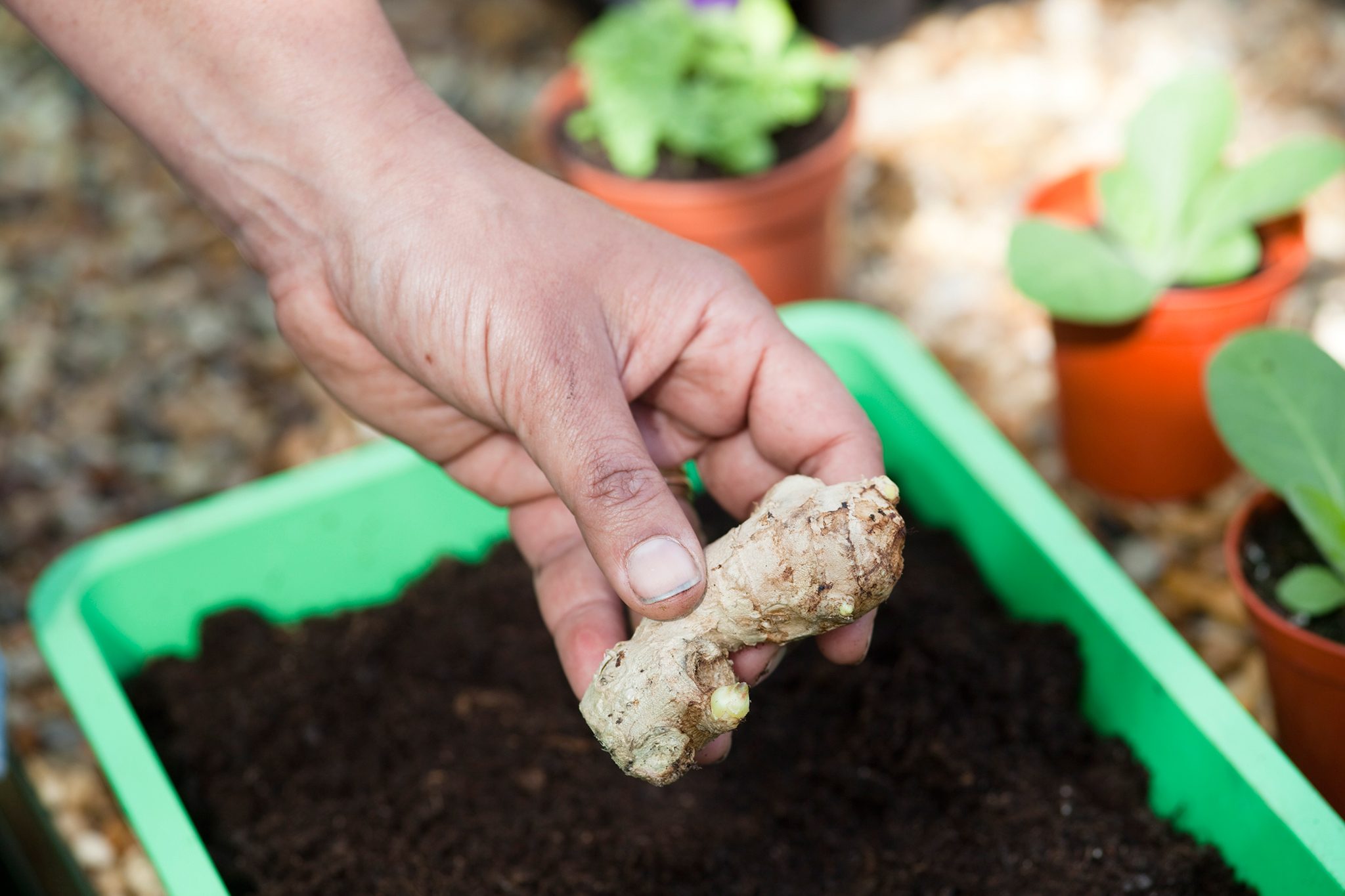Home>Gardening Basics>Understanding Soil>How To Prepare Soil For Sod


Understanding Soil
How To Prepare Soil For Sod
Modified: February 7, 2024
Learn the best methods for preparing soil for sod and understand the importance of soil composition for successful lawn installation. Improve your knowledge of soil types and conditions.
(Many of the links in this article redirect to a specific reviewed product. Your purchase of these products through affiliate links helps to generate commission for Chicagolandgardening.com, at no extra cost. Learn more)
Table of Contents
Introduction
Soil preparation is a crucial step in establishing a healthy and vibrant lawn. Whether you are laying sod for the first time or renovating an existing lawn, understanding the fundamentals of soil preparation is essential for achieving successful results. Proper soil preparation creates an optimal environment for sod to take root, develop strong and robust grassroots, and thrive over time.
Preparing the soil for sod involves a series of steps, each playing a vital role in ensuring the long-term health and resilience of your lawn. From understanding your soil composition to making necessary adjustments and adding organic matter, every stage contributes to the overall success of your sod installation. By following the right soil preparation techniques, you can set the stage for a lush, green lawn that enhances the beauty of your outdoor space and provides a welcoming environment for recreational activities.
In the following sections, we will delve into the intricacies of soil preparation for sod, guiding you through the process with valuable insights and practical tips. From testing your soil to adjusting its pH, adding organic matter, and meticulously leveling and grading the surface, each step is integral to the overall success of your sod installation. By gaining a comprehensive understanding of soil preparation and implementing the recommended practices, you can lay the groundwork for a thriving lawn that brings joy and tranquility to your outdoor living space.
Understanding Your Soil
Before embarking on the process of soil preparation for sod, it is essential to gain a clear understanding of the soil in your yard. Soil composition can vary significantly from one location to another, impacting its ability to support healthy grass growth. By comprehending the specific characteristics of your soil, you can tailor your soil preparation efforts to address its unique needs.
One key aspect to consider when understanding your soil is its texture, which can be classified as sandy, loamy, or clayey. Sandy soil, characterized by its coarse texture, tends to drain quickly but may struggle to retain nutrients. On the other hand, clayey soil, with its fine particles, retains moisture well but can become compacted, hindering root development. Loamy soil, a balance of sand, silt, and clay, is often considered ideal for supporting plant growth due to its optimal drainage and nutrient retention properties.
Additionally, assessing your soil’s pH level is crucial, as it directly influences nutrient availability to plants. Most grass species thrive in slightly acidic soil with a pH range of 6.0 to 7.0. Understanding your soil’s pH can guide you in making informed decisions about necessary adjustments to create an optimal growing environment for your sod.
By observing the water retention and drainage characteristics of your soil, you can gain valuable insights into its structure and composition. Soil that retains water excessively may benefit from amendments to improve drainage, while excessively fast-draining soil may require organic matter to enhance its moisture retention capacity.
Understanding the nuances of your soil sets the stage for targeted soil preparation, ensuring that the specific needs of your lawn are met. By recognizing the texture, pH, and drainage qualities of your soil, you can implement tailored soil preparation techniques that promote the long-term health and vitality of your sod.
Testing Your Soil
Before initiating the soil preparation process for sod installation, conducting a thorough soil test is imperative. Soil testing provides essential insights into the composition and characteristics of your soil, enabling you to make informed decisions about necessary amendments and adjustments to create an optimal environment for your sod to thrive.
Soil testing kits are readily available at garden centers and can also be obtained through local agricultural extension services. These kits typically include instructions for collecting soil samples from your yard. Upon obtaining the samples, you can send them to a reputable soil testing laboratory for comprehensive analysis.
The soil test results will reveal crucial information such as the pH level, nutrient content, and organic matter composition of your soil. Understanding these key parameters empowers you to address any deficiencies or imbalances that could impede the healthy establishment of your sod.
One of the primary components of a soil test is the assessment of pH levels. Soil pH directly influences the availability of essential nutrients to plants. If the pH of your soil falls outside the optimal range for grass growth, appropriate measures can be taken to adjust it accordingly.
Furthermore, the soil test report provides detailed insights into the existing nutrient levels in your soil. By identifying any deficiencies or excesses, you can tailor your soil preparation efforts by incorporating the right type and quantity of fertilizers and soil amendments to create an ideal nutrient balance for your sod.
Organic matter content is another crucial aspect revealed through soil testing. Understanding the organic matter composition of your soil guides you in determining the need for incorporating additional organic materials to enhance soil structure, moisture retention, and nutrient availability.
By conducting a comprehensive soil test and carefully analyzing the results, you can gain a thorough understanding of your soil’s specific requirements. Armed with this knowledge, you can proceed to the subsequent stages of soil preparation with a targeted approach, ensuring that your sod installation is set up for long-term success.
Adjusting Soil pH
Optimizing the pH of your soil is a critical aspect of soil preparation for sod installation. Soil pH directly influences the availability of essential nutrients to your grass, impacting its overall health and vitality. If your soil’s pH falls outside the ideal range for grass growth, it is essential to make targeted adjustments to create an optimal growing environment for your sod.
If the soil test results indicate that your soil’s pH is too high (alkaline) or too low (acidic) for healthy grass growth, there are several methods to adjust it accordingly. For acidic soil, the application of ground limestone is a common practice to raise the pH and reduce acidity. The amount of limestone required is determined based on the current pH level and the type of soil present in your yard. Incorporating the appropriate quantity of limestone helps neutralize acidity, promoting a more favorable pH range for grass establishment.
Conversely, if your soil is alkaline and requires a lower pH for optimal grass growth, elemental sulfur is often used to lower the pH and increase acidity. Similar to limestone application, the amount of elemental sulfur needed is calculated based on the current pH level and soil type. Careful application of elemental sulfur facilitates the adjustment of soil pH to create a more conducive environment for your sod.
It is important to note that adjusting soil pH is a gradual process that requires periodic monitoring and re-evaluation. Over-application of pH-adjusting materials can lead to imbalances and unintended consequences, underscoring the importance of following recommended application rates and retesting the soil after adjustments to ensure that the desired pH range is achieved.
By effectively adjusting your soil’s pH to align with the optimal range for grass growth, you create a foundation for robust root development, nutrient uptake, and overall resilience of your sod. This targeted approach to soil pH management sets the stage for a thriving lawn that flourishes in its carefully tailored growing environment.
Adding Organic Matter
Incorporating organic matter into your soil is a fundamental step in preparing for sod installation, enriching the soil with essential nutrients, improving its structure, and enhancing its capacity to support healthy grass growth. Organic matter, such as compost, well-rotted manure, and peat moss, contributes to the overall fertility and resilience of the soil, creating an optimal foundation for your sod to thrive.
One of the primary benefits of adding organic matter is its ability to improve soil structure. In clayey soils, organic matter facilitates better aeration and drainage, preventing compaction and promoting healthy root development. In sandy soils, organic matter aids in moisture retention and nutrient availability, addressing the challenges associated with rapid drainage and nutrient leaching.
Moreover, organic matter serves as a natural source of essential nutrients, including nitrogen, phosphorus, and potassium, which are vital for the healthy growth of grass. By incorporating organic matter into the soil, you provide a sustainable and balanced supply of nutrients that support the establishment and long-term vitality of your sod.
Another significant advantage of organic matter is its capacity to enhance the soil’s water retention capabilities. This is particularly beneficial during dry periods, as organic matter helps the soil retain moisture, reducing the frequency of irrigation and promoting consistent hydration for the developing sod.
When adding organic matter to the soil, it is essential to thoroughly incorporate it to ensure even distribution and integration with the existing soil. This can be achieved through tilling or spading the organic matter into the top layer of the soil, allowing it to blend seamlessly with the native soil matrix.
By enriching your soil with organic matter, you create a nurturing environment that fosters robust root development, nutrient uptake, and overall resilience of your sod. This conscientious approach to soil enrichment lays the groundwork for a flourishing lawn that thrives in its nutrient-rich and well-structured growing medium.
Leveling and Grading
Leveling and grading the soil surface is a crucial step in the preparation process for sod installation, ensuring uniformity and proper drainage to support healthy grass growth. An even and properly graded surface provides an ideal foundation for laying sod, promoting consistent root establishment and minimizing potential water pooling or runoff issues.
Before leveling and grading the soil, it is essential to remove any existing vegetation, rocks, and debris from the area to create a clean and uniform surface. This initial clearing stage sets the stage for the subsequent leveling and grading efforts, allowing for a smooth and uninterrupted soil preparation process.
Leveling the soil involves the redistribution of soil to create a uniform surface with minimal variations in elevation. This can be achieved using a rake, shovel, or leveling tool to fill in low spots and redistribute soil from high areas to create a balanced topography. Ensuring a level surface is essential for the uniform establishment of sod and facilitates consistent moisture distribution across the lawn.
Grading the soil involves shaping the surface to promote proper drainage and water flow. The graded surface should slope gently away from buildings and structures to prevent water accumulation near foundations and to facilitate efficient runoff during precipitation. Proper grading is instrumental in preventing waterlogged areas that can hinder grass growth and lead to potential drainage issues.
During the leveling and grading process, it is important to periodically assess the surface using a long, straight board or leveling tool to ensure uniformity and proper slope alignment. This meticulous approach helps create an optimal foundation for sod installation, setting the stage for successful root establishment and long-term lawn health.
By meticulously leveling and grading the soil, you create a stable and well-drained substrate that supports the healthy growth of your sod. This foundational step contributes to the overall success of your sod installation, providing an even and balanced surface for the establishment of a vibrant and resilient lawn.
Final Soil Preparation Steps
As you near the completion of the soil preparation process for sod installation, several final steps are essential to ensure that the soil is optimally primed to support the healthy establishment of your new lawn. These final soil preparation measures encompass a range of critical activities that set the stage for successful sod installation and long-term grass growth.
One crucial final step is to ensure that the soil surface is well-compacted and firm, providing a stable foundation for the sod. This can be achieved through gentle tamping or rolling of the soil to eliminate air pockets and create a solid base for the sod to establish strong root systems.
After compacting the soil, it is important to conduct a final assessment of the soil surface to address any remaining unevenness or irregularities. Smoothing out the soil and addressing minor depressions ensures that the sod will be laid on a consistent and level surface, promoting uniform root development and a visually appealing lawn.
Additionally, prior to sod installation, it is advisable to lightly water the prepared soil to provide a moist environment for the sod roots to make initial contact with the soil. This initial moisture primes the soil for receiving the sod and supports the establishment of a strong connection between the sod and the underlying substrate.
Finally, as a preparatory measure for sod installation, it is beneficial to lightly rake the soil surface to create a fine texture that facilitates seamless sod placement and root integration. This step ensures that the soil is adequately prepared to receive the sod, promoting optimal contact and encouraging rapid root penetration into the underlying substrate.
By meticulously completing these final soil preparation steps, you create an ideal environment for the successful installation and establishment of your sod. These measures contribute to the overall health and resilience of your lawn, providing a solid foundation for the development of a lush and thriving grass cover in your outdoor space.


